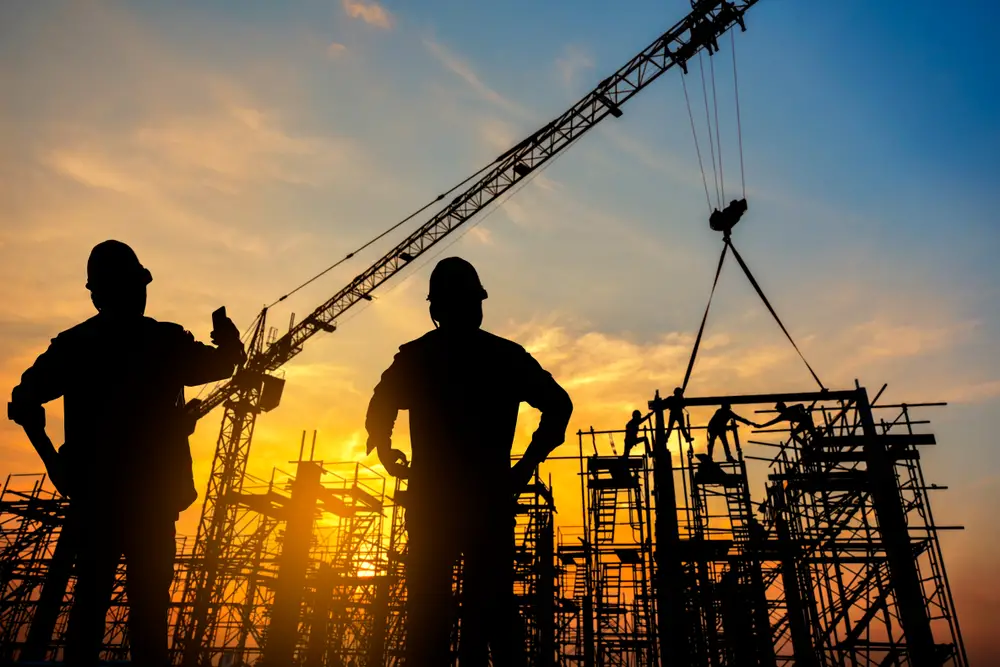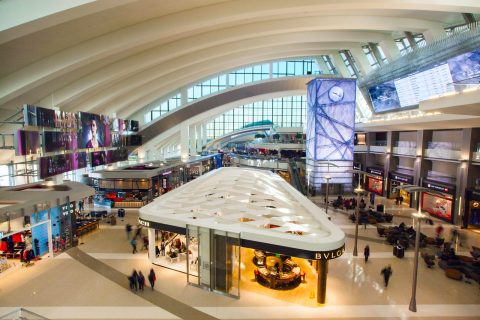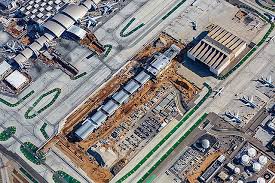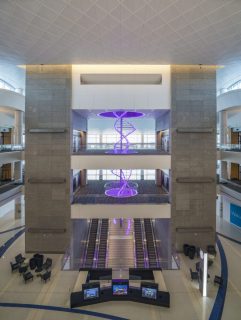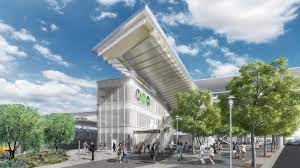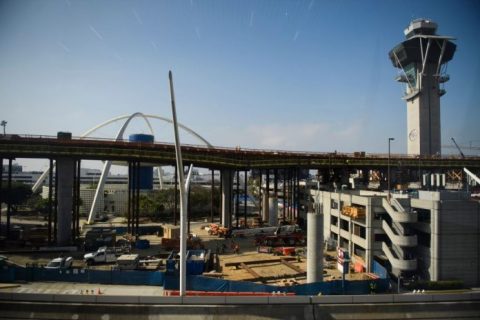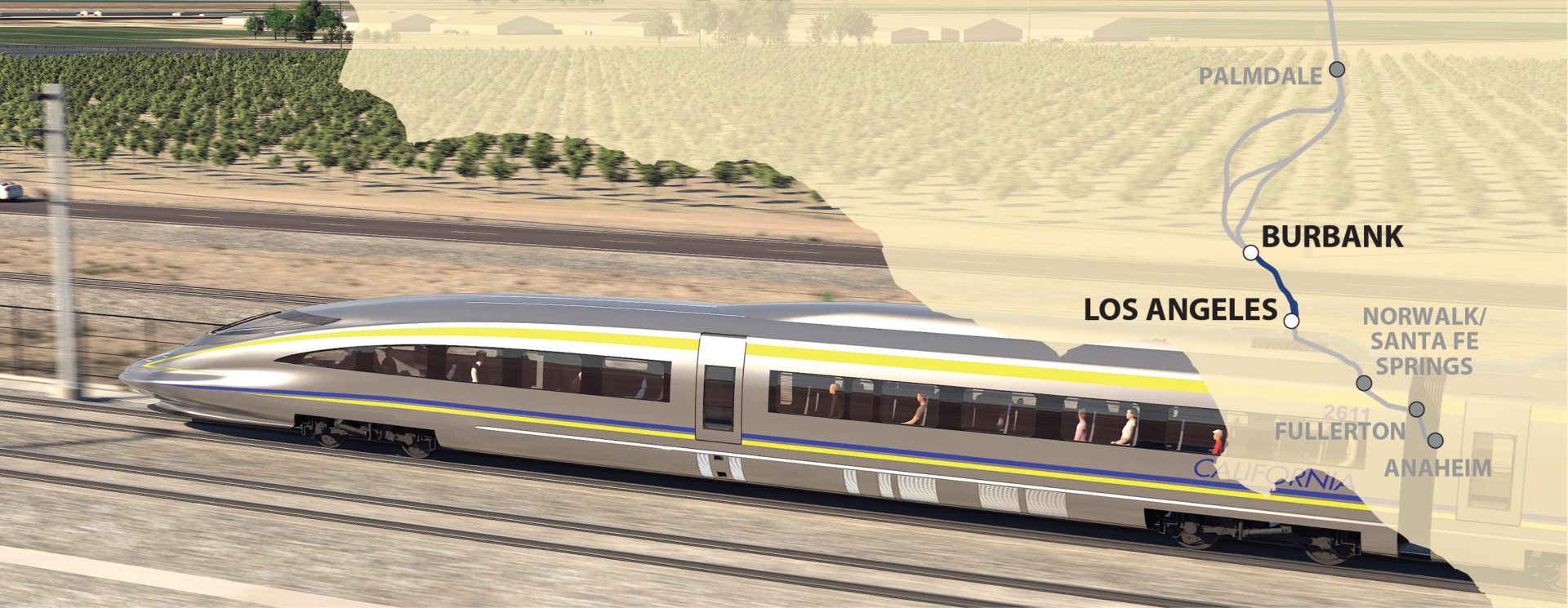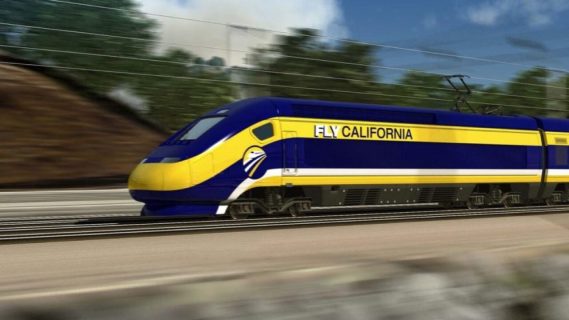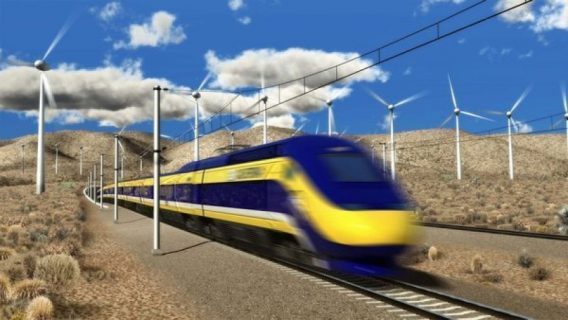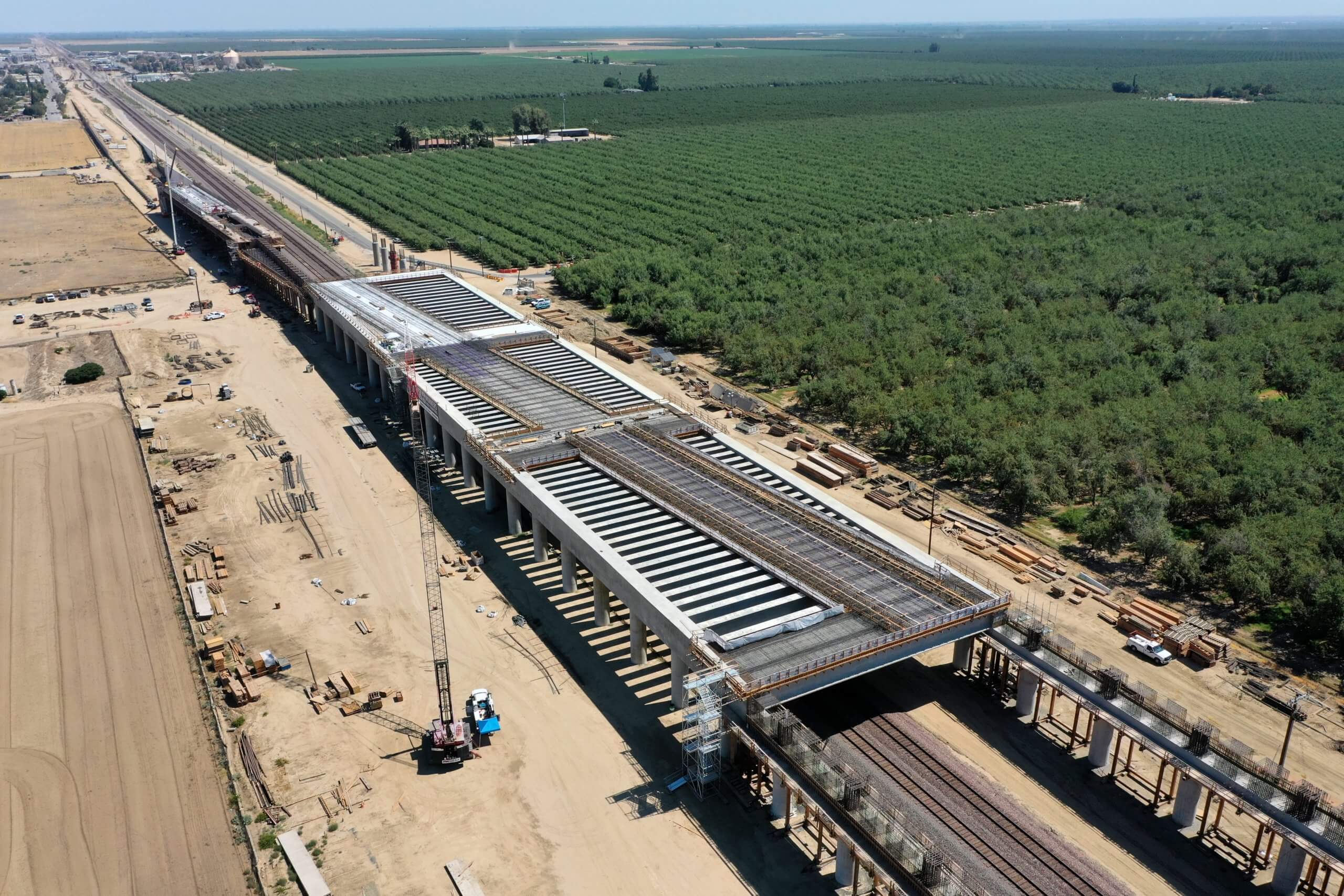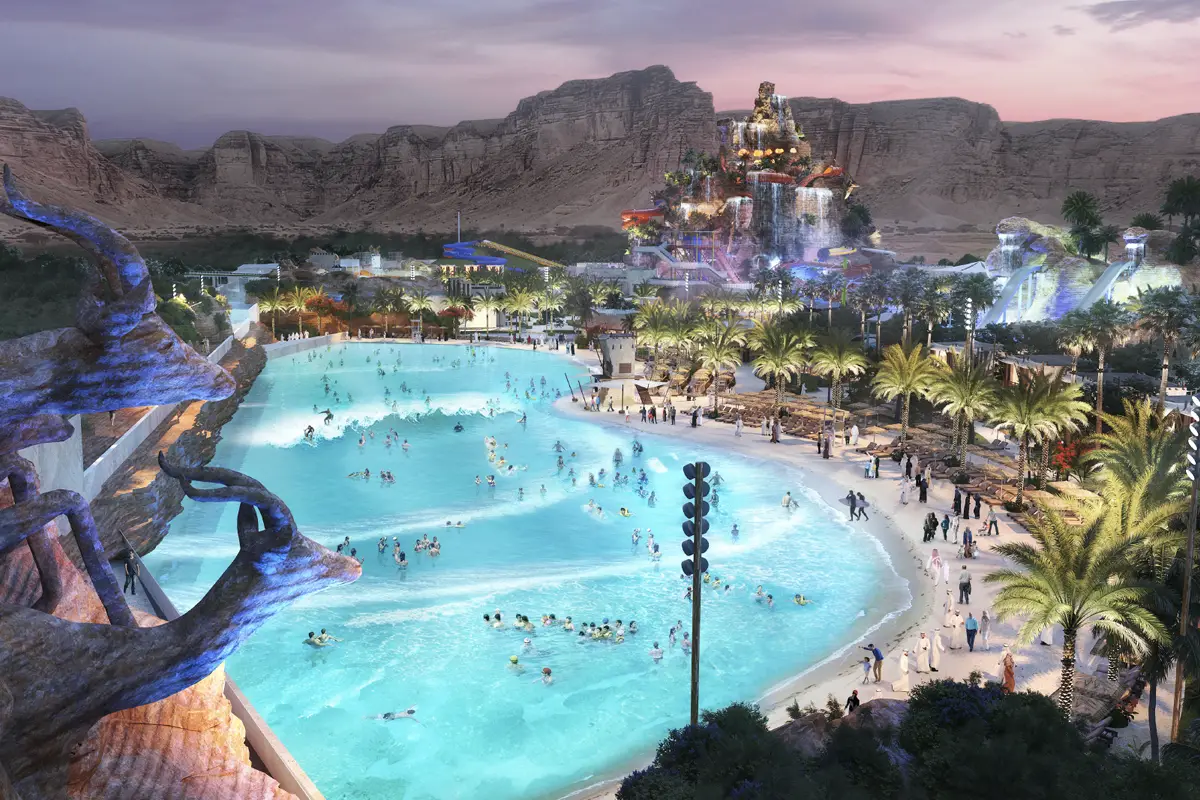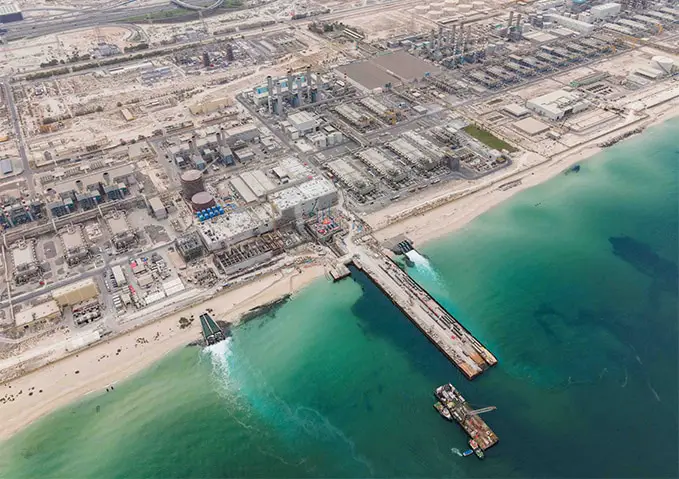The latest
Survey operations for the Nigeria-Morocco Gas Pipeline project are currently underway.
N-Sea, a Netherlands-based underwater solutions provider, recently revealed that it has collaborated with ship owner Rederij Groe to carry out the works. According to N-Sea, the two companies have transformed the seismic support vessel, 7-Waves, into a research vessel equipped with advanced equipment for this project.
“The survey operations are being carried out with a reduced crew on board the vessel and all data is transferred to the N-Sea data center onshore. Daily meetings are also being held with the client’s representative, the FEED engineer, the client, and the company’s data processors to assess data quality and route alignment,” said N-Sea in a statement.
Nigeria-Morocco Gas Pipeline (“NMGP”) project overview
The Nigeria-Morocco Gas Pipeline (“NMGP”) is a new regional onshore and offshore gas pipeline that is intended to deliver natural gas resources of Nigeria to 13 countries in West and North Africa as a continuation of the existing West Africa Gas Pipeline (“WAGP”) between Nigeria, Benin, Togo, and Ghana.
Also Read: Ajaokuta-Kaduna-Kano (AKK) gas pipeline project timeline and all you need to know
Starting from Nigeria, the 5,660 kilometers long NMGP will pass through Benin, Togo, Ghana, Cote d’Ivoire, Liberia, Sierra Leone, Guinea, Guinea-Bissau, Gambia, Senegal, and Mauritania, to end at Tangiers, a Moroccan port on the Strait of Gibraltar, with a possible extension to Europe through Spain.
The Nigeria-Morocco Gas Pipeline Project is estimated to cost US$ 25bn and it will be completed in stages over 25 years.
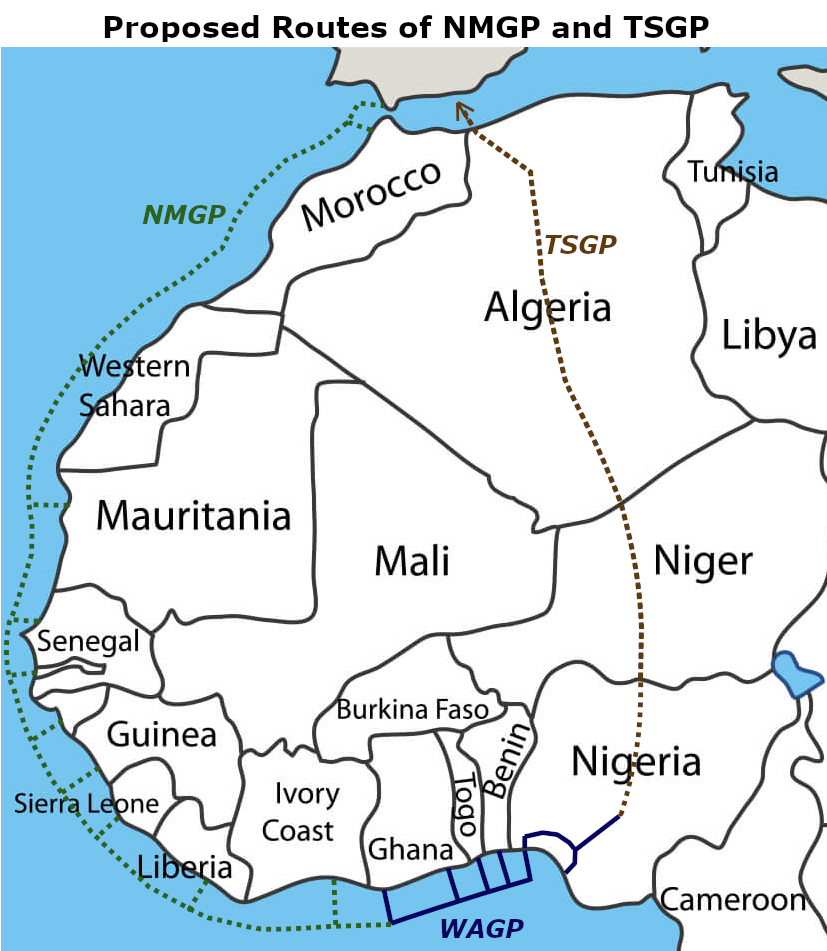
The project falls in line with the “Decade of Gas Master Plan” that Nigeria’s President Muhammadu Buhari launched in 2020. The master plan seeks to bolster Nigeria’s gas production and gas exports.
On the Moroccan side, this landmark project is part of the South-South cooperation upheld by King Mohammed VI. It is expected to create a competitive regional power market and benefit all West African people, countries, and their economies.
Nigeria-Morocco gas pipeline project timeline
2016
The Nigeria-Morocco Gas Pipeline Project was proposed in December 2016 following the signing of an agreement between the Nigerian National Petroleum Corporation (NNPC) and the Moroccan Office National des Hydrocarbures et des Mines (ONHYM) or rather than the National Office of Hydrocarbons and Mines.
2017
In August, NNPC and ONHYM began conducting a feasibility study for the project.
2019
Phase 1 scope of the Front End Engineering and Design (FEED) of the Nigeria-Morocco Gas Pipeline (NMGP) is expected to be completed by the end of the first quarter of 2019. This is according to Minister of State for Petroleum Resources Dr. Ibe Kachikwu.
Speaking during the Nigeria International Petroleum Summit (NIPS) held in Abuja, the Minister said that the NMGP designed to be 5,660km long, will reduce gas flaring in Nigeria and encourage diversification of energy resources in the country.
“This pipeline will help in the industrialization of these countries. It will also meet the needs of consumers for heating and other uses. We see gas as a fuel to take Africa to the next level. New gas discoveries have been recorded offshore Senegal, Mauritania, and Mozambique and are in various stages of development,” said Dr. Ibe Kachikwu.
Also Read:Uganda and Tanzania to sign US $3.5bn pipeline deal
Nigeria- Morocco gas pipeline project
The two countries had June signed agreements, for a regional gas pipeline that will see Nigeria providing gas to countries in the West Africa sub-region that extend to Morocco and Europe.
FEED is the basic engineering that comes after the conceptual design or feasibility study. The feasibility study of the gas pipeline that will traverse at least 15 West African countries and connect the existing Europe gas pipeline has been concluded and the pre-FID (final investment decision) greenfield optimization study is currently ongoing.
Additionally, the African Petroleum Producers Organisation (APPO) is seeking to mobilize about US $2bn of resources to fund critical areas of infrastructural collaboration within Africa. APPO made up of 18 member oil-producing countries, accounts for nearly 95% of Africa’s oil production and at least 13% of world production.
2020
In March, the front-end engineering & design entered the second phase.
Feb 2021
Commitment to the construction of the Nigeria-Morocco gas pipeline

The Royal Cabinet of Morocco has revealed that King Mohammed VI and Muhammadu Buhari, the President of the Republic of Nigeria have recently affirmed their commitment to the construction of the Nigeria-Morocco gas pipeline.
The Nigeria-Morocco Gas Pipeline was conceived back in December 2016 through an agreement between the Nigerian National Petroleum Corporation (NNPC) and the Moroccan Office National des Hydrocarbures et des Mines (National Board of Hydrocarbons and Mines) (ONHYM).
The pipeline will connect Nigerian gas to every coastal country in the West Africa region i.e. Benin, Togo, Ghana, Cote d’Ivoire, Liberia, Sierra Leone, Guinea, Guinea-Bissau, Gambia, Senegal, and Mauritania, and end at Tangiers, Morocco, a distance of about 5,660 kilometers.
Also Read: Phase1 of Nigeria- Morocco gas pipeline project nears completion
Basically, it will be an extension of the existing West African Gas Pipeline, which already connects Nigeria with Benin, Togo, and Ghana.
The gas pipeline will also be connected to the existing infrastructure in order to serve Spain through Cádiz.
Progress made so far
Reportedly, in August 2017 the NNPC and ONHYM had begun a feasibility study for the pipeline. The study was completed in January 2019, and in the same month, the two countries contracted with Penspen Engineering company to conduct the first phase of front-end engineering & design.
By March last year, the front-end engineering & design had entered the second phase.
The project is planned to be completed in stages over a 25-year period.
Expectations for the project
The Nigeria-Morocco gas pipeline is expected to improve access to energy across the West Africa region.
This will help address one of the region’s most significant barriers to development, which is the lack of affordable energy, and consequently facilitate the expansion of sectors ranging from industry to food processing and fertilizers, and improve the competitiveness of exports amongst the African countries.
In addition, the project will strengthen energy exports to Europe.
June 2021
Construction of Nigeria-Morocco gas pipeline kicks off
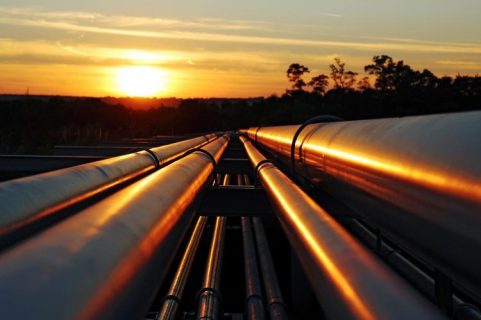
Construction of the Nigeria-Morocco gas pipeline has kicked off. Chief Operating Officer of the gas and power of the Nigerian National Petroleum Corporation (NNPC), Yusuf Usman announced the start of the project.
The commencing of the project follows the recent commitment to the construction by Morocco’s President King Mohammed VI and Muhammadu Buhari, the President of the Republic of Nigeria. The Nigeria-Morocco Gas Pipeline was conceived in 2016 through an agreement between the NNPC and the Moroccan Office National des Hydrocarbures et des Mines (National Board of Hydrocarbons and Mines) (ONHYM).
“Feasibility studies have been completed, paving the way for the start of a kind of vision that is set to lift Africa,” said Mr. Usman.
Access to energy across the West Africa region
The project falls in line with the “Decade of Gas Master Plan” that Nigeria’s President Muhammadu Buhari launched in 2020, which seeks to bolster Nigeria’s gas production and gas exports despite a global transition to clean energy.
On the Moroccan side, this landmark project is part of the South-South cooperation upheld by King Mohammed VI. It is expected to create a competitive regional power market and benefit all West African people, countries, and their economies. The project sets to add to Morocco’s growing list of African trade deals, securing its position as an African economic leader.
August 2021
Nigeria’s Petroleum Minister, Timipre Sylva, announced that the government of Nigeria is contemplating supplying Europe with their gas using the Nigeria-Morocco gas pipeline.
October 2021
Morocco was planning to create a public company to manage the scheme involving the supply of natural gas from Nigeria through a pipeline that will cross over several African countries.
The Moroccan Energy Ministry, which will be in charge of developing domestic gas infrastructure and networks in the North African Arab country also applauded plans for the company creation.
“Arrangements are ongoing to set up a company for gas network development in Morocco and to supervise the scheme to construct a gasoline from Nigeria, which will become Africa’s largest gas infrastructure project,” Morocco’s Economy and Finance Ministry stated.
Nov 2021
Morocco concludes plans for Morocco-Nigeria Gas Pipeline Project
The Government of Morocco recently announced that it has concluded its plans/preparations for the development of the proposed Morocco-Nigeria Gas Pipeline (MNGP) or the Nigeria-Morocco Gas Pipeline (NMGP).
The country also mentioned that it has set up a downstream division of the Office National des Hydrocarbures et des Mines (ONHYM), a public organization representing the interests of the Kingdom of Morocco in the field of Exploration and Production of Hydrocarbons and Mining resources, and which is in charge of the NMGP project.
The North African country is also building networks to distribute gas to industry hubs where the automobile and aeronautics industries are expanding. Reportedly, the industrial sector in Morocco is growing fast and gas will be an important part of this growth.
Extension of gas transit agreement for supplies of Algerian gas in GME pipeline
In other related news, Naturgy Energy Group S.A a Spanish multinational natural gas and electrical energy utilities company that was formerly known as Gas Natural Fenosa on November 10 that it was in talks with Morocco and Algeria to potentially achieve an extension of the gas transit agreement for supplies of Algerian gas in the Gaz-Maghreb-Europe (GME) pipeline via Morocco to Spain.
Reportedly, gas deliveries through the GME pipeline fell to zero on November 1st after the long-term transit deal between Algeria and Morocco was not renewed ahead of its expiry on October 31st.
There are alleged reports that Morocco, which has estimated its resources at some 300 Tcf of conventional and unconventional gas in place, could replace lost gas from Algeria to Spain through the Morocco-Nigeria Gas Pipeline.
December 2021
The Islamic Development Bank (IsDB) agreed to fund 50% of the Front-End Engineering Design (FEED) Study for the Nigeria-Morocco Gas Pipeline project. The multilateral development finance institution focused on Islamic finance will support the Moroccan contribution and participate in the financing of the project with US$ 15.4M under the “Service Ijara” operation.
For Nigeria, the IsDB will contribute US$ 29.7M to the FEED study which aims at preparing the required studies for the gas pipeline and help take the final investment decision by 2023 for the infrastructure project.
The IsDB funding will help carry out the environment & social impact study in order to ensure the project’s compliance with all local and international environmental and social regulations and standards. It will also finance land acquisition studies for agreeing with all countries to be crossed by the pipeline to ensure smooth implementation of the works at a later stage.
May 2022
OFID, Worley to Contribute to Phase 2 FEED of Nigeria-Morocco Gas Pipeline Project
OPEC Fund for International Development (OFID) is set to contribute US$ 14.3M to fund the implementation of the second phase of the NMGP (Nigeria-Morocco Gas Pipeline) project’s Front End Engineering Study (FEED).
This is after the intergovernmental development finance institution established back in 1976 by the Member States of the Organization of the Petroleum Exporting Countries, signed a financing agreement with Morocco. The agreement was particularly signed by Nadia Fettah, the North African country’s minister of economy and finance, OPEC managing director, Abdulhamid Al khalifa, and the National Office of Hydrocarbons and Mines (ONHYM) managing director, Amina Benkhadra.
With this agreement, the OPEC Fund strengthens its financial cooperation links with Morocco and contributes to the Kingdom’s economic and social dynamics by supporting the NMGP (Nigeria-Morocco Gas Pipeline) project, which is an example of South-South collaboration.
Worley to carry out the 2nd phase of the NMGP project’s FEED
WorleyParsons Limited, an Australian engineering company that provides project delivery and consulting services to the resources and energy sectors, and complex process industries, that was branded as Worley after completing the acquisition of Jacobs’ Energy, Chemicals & Resources division, will carry out the second phase of the Islamic Development Bank (IDB) co-funded NMGP (Nigeria-Morocco Gas Pipeline) project’s Front End Engineering Study (FEED).
Worley’s offshore engineering consultant subsidiary, Intecsea, situated in The Hague, Netherlands, will be in charge of the entire FEED services which the development of a project implementation framework as well as engineering survey monitoring.
The company’s team in London, UK, will be responsible for the onshore FEED scope, as well as the Environmental and Social Impact Assessment (ESIA) and Land Acquisition Studies (LAS), with the help of Worley’s network of offices in Africa and its global integrated delivery group in Hyderabad, India.
Worley’s consulting business, Advisian, will look into speeding electrification and the possibility of the region’s energy self-sufficiency.
Firms Selected to Conduct phase II FEED study of NMGP Project
Two consulting firms have been chosen to conduct phase II of the FEED (Front End Engineering Design) study of the Nigeria-Morocco Gas Pipeline (NMGP) Project. The firms in question are the ILF Group and DORIS Engineering.
ILF is an international engineering and consulting firm that helps its clients successfully execute technically demanding industrial and infrastructure projects. DORIS on the other hand is the “international reference for delivering high-quality engineering to the oil & gas and renewable markets.”
The ILF and DORIS studies will focus on the onshore & offshore pipeline and compressor station engineering. It will also focus on the engineering surveys, the environmental & social impact assessment (ESIA) and land acquisition studies (LAS), and the project implementation framework.
FEC allows NNPC Ltd to sign an MoU with ECOWAS for the NMGP Project
This appointment comes a few days after the Federal Executive Council (FEC), allowed NNPC Ltd to sign a memorandum of understanding with ECOWAS for the implementation of the project.
Timipre Sylva, Minister of State for Petroleum Resources, briefed State House officials on the decision following the FEC meeting at the Presidential Palace in Abuja, which was led by Vice President Yemi Osinbajo.
Read also: Nigeria-Morocco Gas Pipeline (NMGP) Project Updates
The minister revealed that the Nigeria-Morocco pipeline project was still in the early stages of engineering design, after which the project’s estimated cost would be determined. According to him, the pipeline will supply Nigerian gas to 15 countries in West Africa, up to Morocco, and then to Spain and Europe via the Kingdom.
Sep 2022
Morocco-Nigeria Gas Pipeline project to benefit 340 million people
Morocco has stated that the Morocco-Nigeria gas pipeline project will positively affect more than 340 million people. This transpired at the symposium in Dakar, the capital of Senegal, titled “A New Vision to Accelerate Production and Investment in the Context of Energy Transition.”
Amina Benkhadra, the general director of Morocco’s National Office of Hydrocarbons & Mines (ONHYM), said, “More than 340 million people would directly benefit from this massive initiative that crosses 13 nations. The research and development of this project will take into account all the nations that the pipeline will pass through.”
Also Read: Plans underway for construction of wind-powered desalination plant in Morocco
Amina further stated that the project, which is still in the thorough engineering study phase, “Will contribute to the emergence of the integrated northwest African area. The line also intends to exploit sustainable energy and build a competitive regional electricity market. Similarly, the line will support the industrial and economic growth of every nation it passes through.
Amina clarified that this would be accomplished through the development of many sectors, such as agriculture, industry, and mining. This is in addition to exporting gas to Europe.
Dec 2022
ECOWAS ready to fully support Nigeria-Morocco gas pipeline
The Commission of the Economic Community of West African States (ECOWAS) expressed determination to provide its full backing for the Nigeria-Morocco gas pipeline project.
ECOWAS Commissioner in charge of Infrastructure, Energy; and Digitalization Sediko Douka said, “I applaud the two nations for having a vision of the future that will unmistakably secure our region’s energy independence and the fostering of South-South cooperation.”
The ECOWAS executive further stated that the steering committee and technical committee of the project, among other statutory organizations, will meet shortly for its implementation. Additionally, he highlighted the fact that the initiative is timely given the shortage of energy production infrastructure in the ECOWAS area.
Douka said, “Our energy need is only 60% met. With a costly tariff of USD0.24/kWh and a low access rate of 53%.”
Douka delivered his remarks a day after King Mohammed VI’s speech that commemorated the 47th anniversary of the Green March. The monarch reaffirmed Morocco’s support for the initiative during his speech. Which will allow Africa to produce energy independently and be self-sufficient.
The king said, “I want this to be a strategic initiative that helps the entire population of West Africa. Which is over 440 million strong.
Also Read: Nigeria-Morocco Gas Pipeline (NMGP) Project Updates
Nigeria-Morocco gas pipeline to ensure peace for African economic integration and for co-development
Additionally, he emphasized that the project will ensure peace for African economic integration and for co-development. The Morocco-Nigeria gas pipeline, according to Douka, will allow member states that produce natural gas to profit from it. And the use of gas for domestic purposes, echoing the King’s support for the project.
In September, the ECOWAS Commission inked an agreement with Nigeria’s National Petroleum Company Limited (NNPC) and Morocco’s National Directorate of Hydrocarbons and Mines (ONYUM). The agreement is a component of the pipeline’s construction architecture. Mobilizing resources to make the project’s development and implementation possible as a single work.
The $25 billion project will cover 5,600 kilometers spanning over 11 countries along the Atlantic coast. With a goal of helping more than 340 million people. Morocco will host 1,672 kilometers of the pipeline, connecting it to Europe through Spain. At a time when the continent may be trying to diversify its energy supplies
